 Paul Newman (1925-2008) was a Hollywood actor and sex symbol, from the 1960s and early 1970s. He was married to Joanne Woodward for 50 years.
Paul Newman (1925-2008) was a Hollywood actor and sex symbol, from the 1960s and early 1970s. He was married to Joanne Woodward for 50 years.
On this blog at the end of 2009 he was voted the eighth most gorgeous man in the world – over a year after he died at age 83!
His best films (those receiving an IMDb rating of at least 8.0):
- 1958: Cat on a Hot Tin Roof
- 1961: The Hustler
- 1967: Cool Hand Luke
- 1969: Butch Cassidy and the Sundance Kid
- 1973: The Sting
The first he did with Elizabeth Taylor, the last two with Robert Redford, both Hollywood sex symbols in their own right. He is known for playing anti-heroes. He was acting almost right up to the end of his life.
His name was put up for an Oscar for best actor eight times, but only won once, for “The Color of Money” in 1987. Some say his acting got better with age – the Oscar nominations seem to bear that out.
He was born the son of a Cleveland shopkeeper. Both sides of his family come from Eastern Europe (Slovakia, Hungary, Poland). Like his father but unlike his mother he is Jewish.
In the Second World War he wanted to be a pilot and fly planes but his colour blindness prevented him. He almost fought in the battle of Okinawa but the pilot of his plane got an ear infection and they stayed back. Everyone else in their detail died in battle.
After the war he went into acting, at first on Broadway and television and then in Hollywood films. He did terribly in his first film, “The Silver Chalice” (1954), but then did well two years later in “Somebody Up There Likes Me” (1956) – a part he got through the death of James Dean. Soon he was starring opposite Elizabeth Taylor. His acting was not as good as, say, Marlon Brando’s, but his good looks made up for it.

In 1958 he starred with Joanne Woodward in “The Long Hot Summer”. That year he divorced his first wife of nine years and married Woodward. He has three children by each wife. In 1960 he and Woodward moved to Connecticut.
In 1978 his only son died of a drug overdose at age 28.
Newman was a race car driver. He came in second at Le Mans in 1979.
 He used to make salad dressing as a Christmas gift. It caught on and in 1982 he started selling it under the brand name Newman’s Own. He later branched out into spaghetti sauce and popcorn. Since Newman was not interested in getting rich, he gave the profits to charity – education, health, the environment, disaster relief, etc. He joked that Newman’s Own brought in more money than his acting ever did (true).
He used to make salad dressing as a Christmas gift. It caught on and in 1982 he started selling it under the brand name Newman’s Own. He later branched out into spaghetti sauce and popcorn. Since Newman was not interested in getting rich, he gave the profits to charity – education, health, the environment, disaster relief, etc. He joked that Newman’s Own brought in more money than his acting ever did (true).
In 1988 he started the Hole in the Wall Gang, a free summer camp in Connecticut, between New York and Boston, for children who are dying or who have spent a long time in the hospital.
See also:










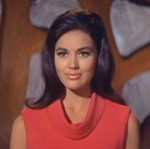

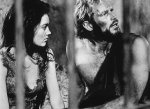
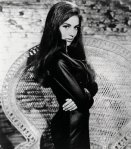






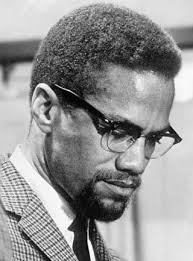
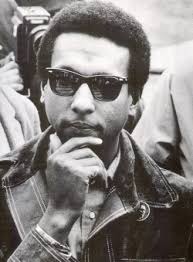

 Naomi Sims (1948-2009) was a black American supermodel from the 1960s, one of the first. Before there was Naomi Campbell, there was Naomi Sims. In November 1968 she became the first black woman on the cover of Ladies’ Home Journal, the first to appear on a mainstream women’s magazine in America. She later went into business selling her own line of wigs and make-up designed for black women and wrote books about beauty and modelling. She died yesterday of cancer at age 61.
Naomi Sims (1948-2009) was a black American supermodel from the 1960s, one of the first. Before there was Naomi Campbell, there was Naomi Sims. In November 1968 she became the first black woman on the cover of Ladies’ Home Journal, the first to appear on a mainstream women’s magazine in America. She later went into business selling her own line of wigs and make-up designed for black women and wrote books about beauty and modelling. She died yesterday of cancer at age 61.
 Her dark skin worked to her advantage: This was just when “Black is beautiful” was becoming a catchphrase and black tokenism was cutting edge stuff.
Her dark skin worked to her advantage: This was just when “Black is beautiful” was becoming a catchphrase and black tokenism was cutting edge stuff. The blue-eyed/brown-eyed exercise (1968) is a way to teach white people what racism is like. It was something that an American schoolteacher, Jane Elliott, came up with to teach her class of eight- and nine-year-olds in the all-white town of Riceville, Iowa.
The blue-eyed/brown-eyed exercise (1968) is a way to teach white people what racism is like. It was something that an American schoolteacher, Jane Elliott, came up with to teach her class of eight- and nine-year-olds in the all-white town of Riceville, Iowa.
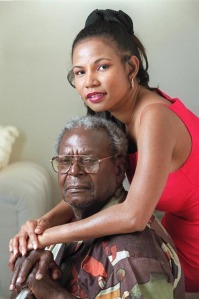

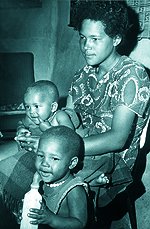 When she returned to South Africa she was forced by law to live in a black township, a place with no power or running water. Even worse, her children were not allowed to live with her: they were “black” and she was still “white”. She tried to get herself changed back to coloured so they could stay with her, but her father blocked it! It took her ten years to get them back.
When she returned to South Africa she was forced by law to live in a black township, a place with no power or running water. Even worse, her children were not allowed to live with her: they were “black” and she was still “white”. She tried to get herself changed back to coloured so they could stay with her, but her father blocked it! It took her ten years to get them back.